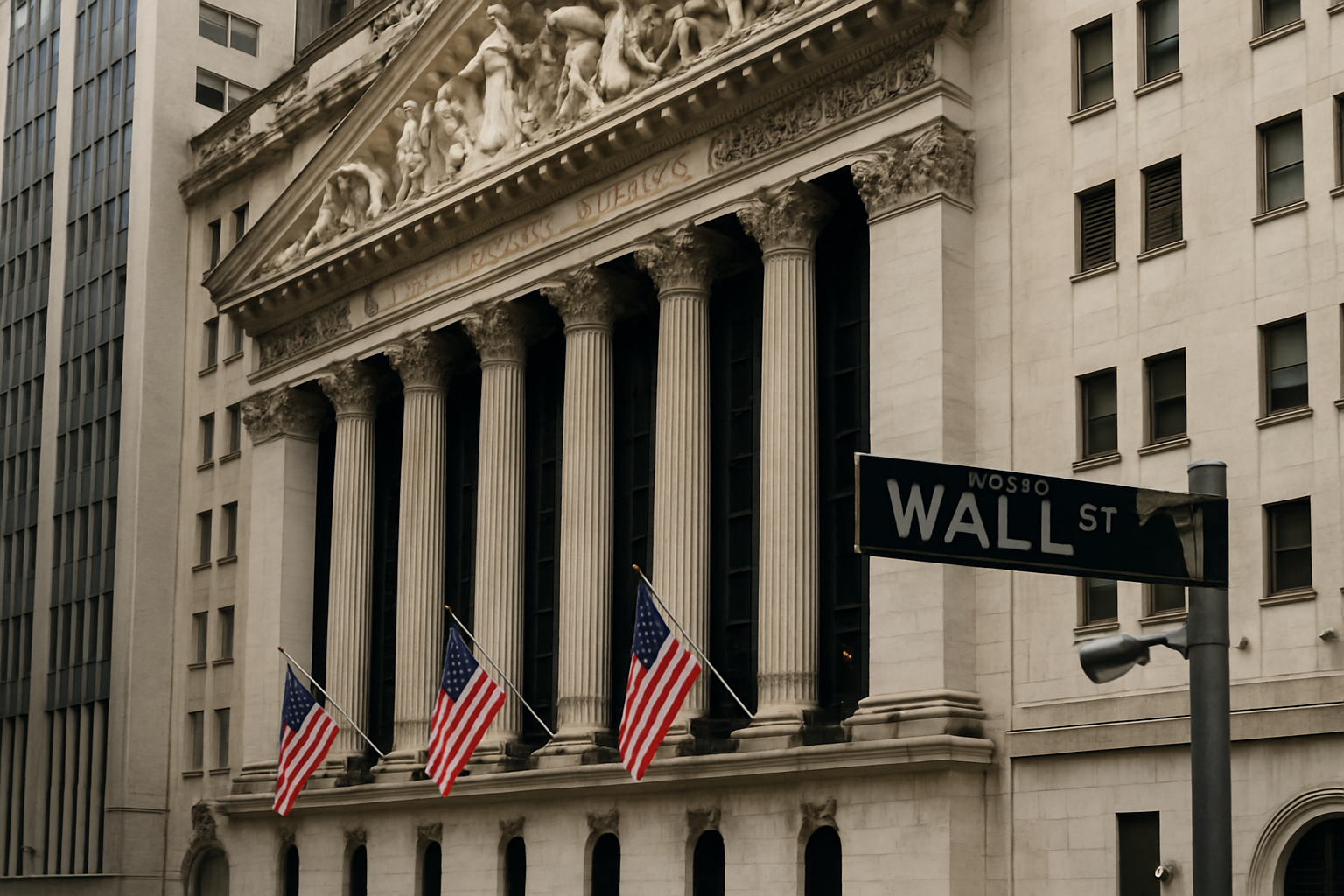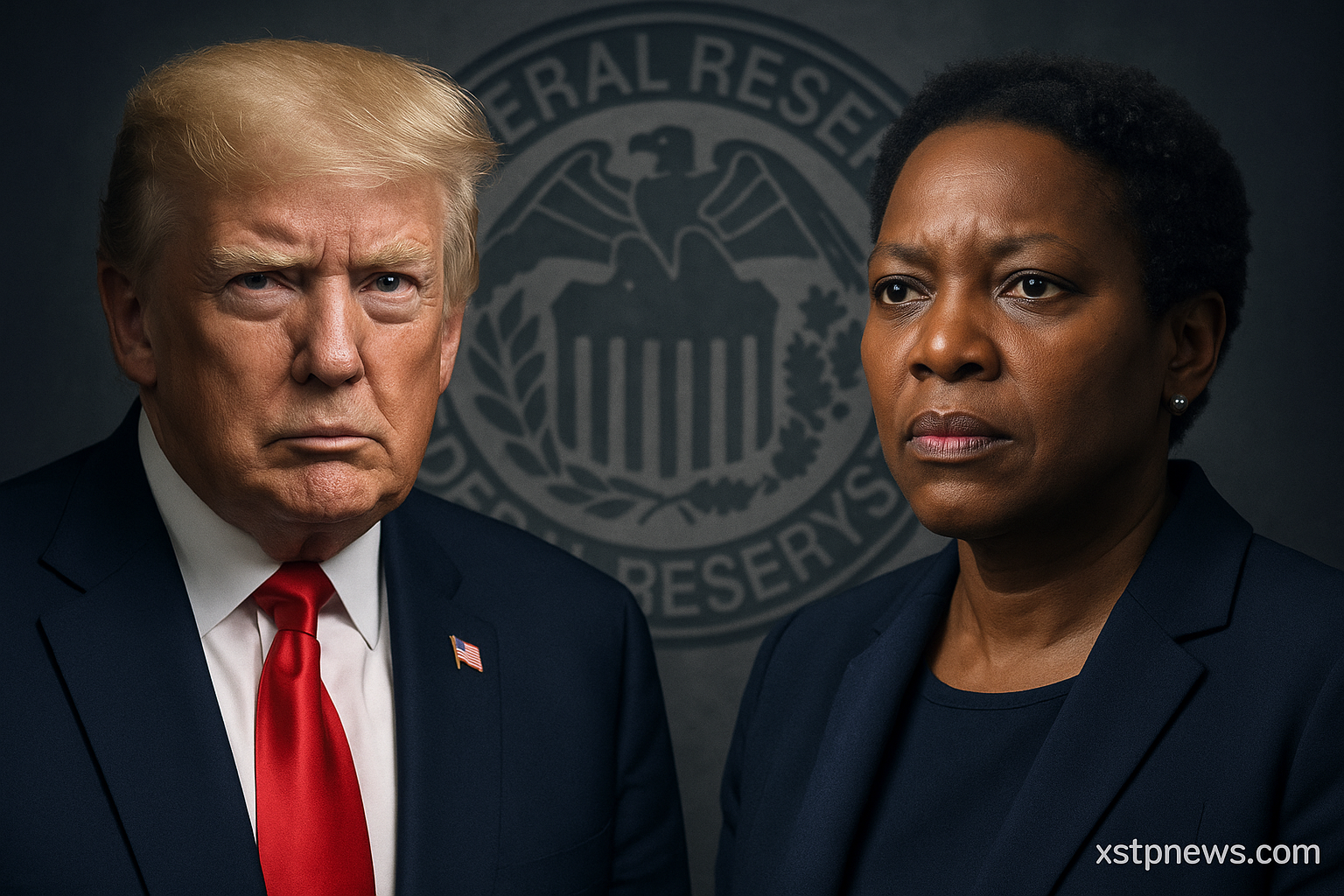There’s been a wave of dramatic projections suggesting that US federal debt could surpass $55 trillion by 2034, often pinned on so-called packages like the “Big Beautiful Bill.” The truth is more complex. That bill doesn’t officially exist, but the path of American debt is undeniably steep and deserves a close look.
According to the latest outlook from the Congressional Budget Office (CBO) and the Committee for a Responsible Federal Budget (CRFB), under current policies, debt held by the public is likely to exceed $45 trillion by 2033. If Congress keeps extending temporary tax cuts without balancing them with spending cuts or new revenue, it’s realistic to see debt pushing past $50 trillion in the next decade.
A burden this size isn’t just a number. The US government will need to issue trillions more in Treasury bonds to keep operating. That means heavier interest payments that could crowd out investments in infrastructure, healthcare and technology. It also raises the chance of higher interest rates across the economy, making loans more costly for businesses and households, while putting extra pressure on the US dollar as global investors weigh their options. On top of that, a swollen debt load limits America’s room to maneuver if another crisis demands swift fiscal action.
But it’s not all bleak. The US issues debt in dollars, the world’s main reserve currency. Investors still see US Treasuries as the safest asset on earth, which keeps demand strong. And it’s worth remembering that a good slice of this debt explosion came from pandemic relief measures that helped stabilize jobs and consumer spending, preventing a far worse recession.
Looking ahead, the real puzzle is how to keep investing in areas that fuel long-term growth like innovation, education and digital infrastructure without letting debt spiral unchecked. Cutting too aggressively can choke the economy, yet ignoring fiscal discipline only invites higher borrowing costs down the road.
For investors, this backdrop matters. A fragile US fiscal picture tends to ripple across global markets, pressuring equity valuations and even cryptocurrencies. Yet times of adjustment often open opportunities for those who stay focused on strong fundamentals, tokenized startups and projects with clear real-world applications.
The story of America’s debt isn’t a ticking time bomb, but it’s not trivial either. It’s a complicated trend that smart investors watch closely, keeping portfolios diversified and always with an eye on the long game.







